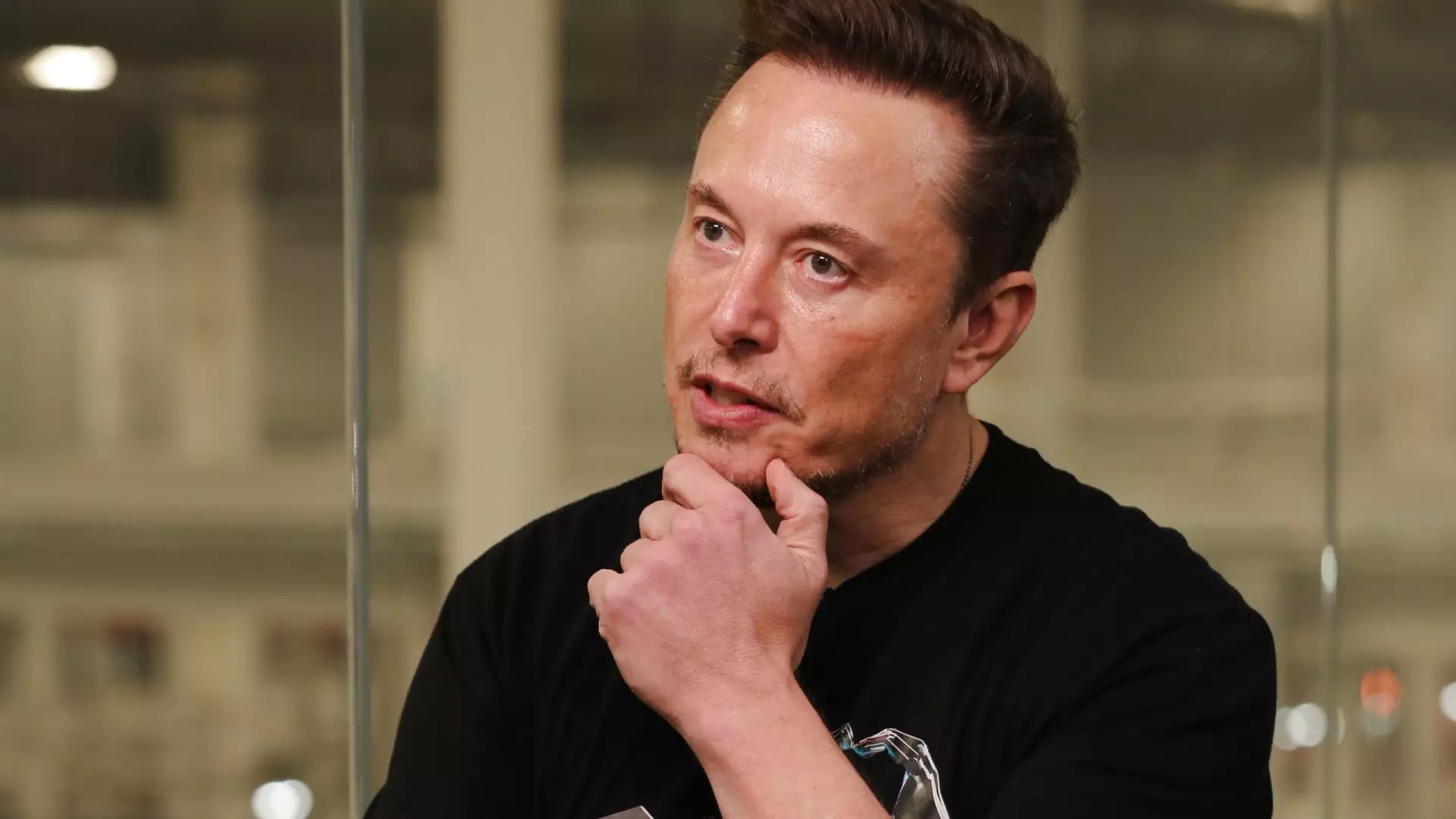Tesla has recently announced a significant layoff of over 10% of its global workforce, marking a troubling turn of events for the electric vehicle giant. CEO Elon Musk cited the need for cost reductions and increased productivity as the driving force behind the decision, indicating a shift in the company’s strategy. This move comes at a time when Tesla’s shares are down 3%, reflecting broader concerns about the company’s financial health.
While electric vehicles continue to gain popularity worldwide, Tesla is facing stiff competition from other players in the market. Chinese companies like BYD and Xiaomi are emerging as strong contenders, with BYD briefly overtaking Tesla as the world’s top EV maker. This increased competition has put pressure on Tesla to innovate and differentiate itself in order to maintain its market position.
Aside from competition, Tesla has also experienced challenges in production and delivery. The company reported its first annual decline in vehicle deliveries since 2020, signaling potential issues with demand and supply chain disruptions. Output fell in the first quarter, despite efforts to incentivize customers with discounts and offers on its Full Self-Driving system. This shift in strategy has raised questions about Tesla’s ability to meet its production targets and sustain growth.
In addition to production challenges, Tesla has faced operational setbacks that have further impacted its financial performance. Logistical challenges, such as component supply disruptions and factory suspensions, have hindered the company’s ability to meet demand and scale production. This, coupled with a decline in operating margins, has raised concerns among investors about Tesla’s long-term viability and growth prospects.
Tesla’s recent workforce reduction and financial struggles point to deeper issues within the company’s operations and market dynamics. The rise of competition in the electric vehicle market, coupled with production and delivery challenges, have put pressure on Tesla to reevaluate its strategy and adapt to a rapidly changing landscape. Moving forward, Tesla will need to address these challenges head-on in order to regain its footing and remain a key player in the industry.


Leave a Reply